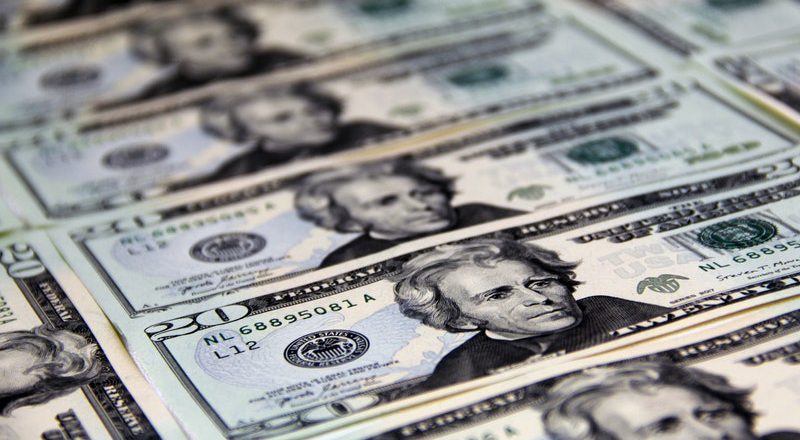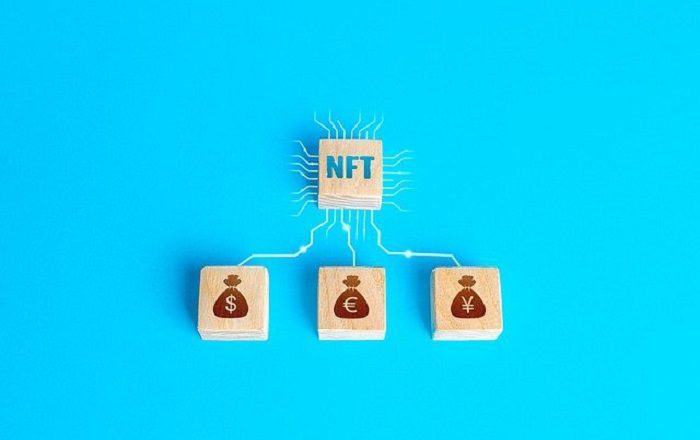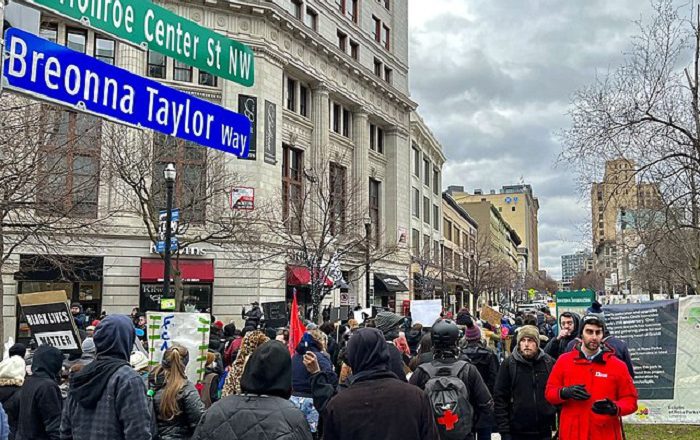A Food Industry Expert Explains – What’s A Ghost Kitchen?
Jeffrey Miller, Colorado State University
While the phrase “ghost kitchen” may conjure up images of haunted houses, the reality is a bit more mundane.
Ghost kitchens are food prep operations with no waiters, no dining room and no parking lot – really, no public presence whatsoever.
But on food delivery apps, they’re alive and well.
In short, ghost kitchens are physical spaces for operators to create food for off-premises consumption. And on apps like Grubhub and DoorDash, listings for restaurants operating out of ghost kitchens usually don’t look any different than those for brick-and-mortar operations. For example, where I live in northern Colorado, there’s a restaurant called Rocco’s Ravioli that appears on the apps. But Rocco’s doesn’t have a storefront. It’s a food delivery service...



